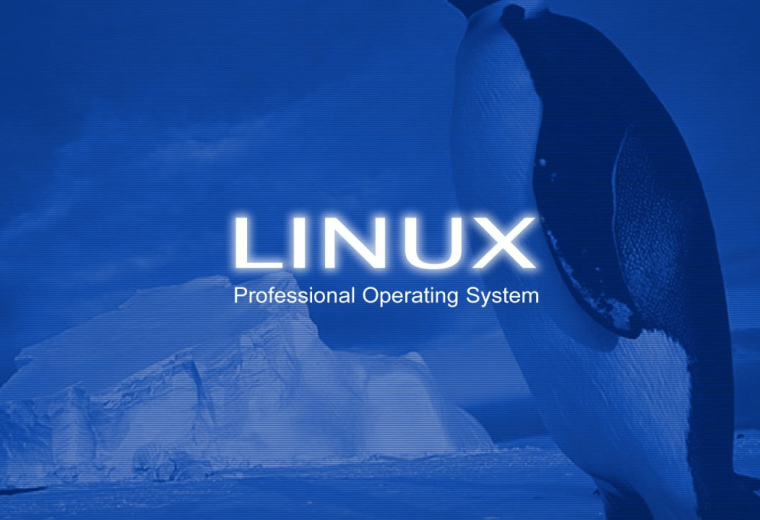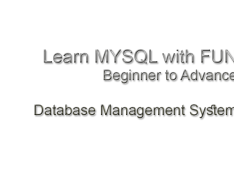Overview: The Command Line Interface (CLI) is the gateway to the strength of Linux. It permits customers to have interaction with the working machine at once thru text instructions.
Introduction:
Linux, the open-source operating system, has won gigantic recognition among tech fanatics and experts alike. Its flexibility, protection, and robustness make it a favourite choice for servers, improvement environments, and ordinary computing. However, navigating via Linux commands can be daunting for novices. In this guide, we're going to take you on a journey from Linux fundamentals to superior instructions, unraveling their uses and functionalities along the manner.
Understanding the Linux Command Line Interface (CLI):
The Command Line Interface (CLI) is the gateway to the strength of Linux. It permits customers to have interaction with the working machine at once thru text instructions. Familiarizing yourself with the CLI is the first step towards mastering Linux.
Logging In: Learn a way to log in for your Linux device, whether or not it is a neighborhood gadget or a faraway server.
ssh username@remote_host
Navigating the File System: Understand simple instructions like ls (listing documents), cd (exchange directory), pwd (print operating listing), and mkdir (make directory).
File Manipulation: Explore instructions like contact (create empty files), cp (copy files), mv (pass documents), and rm (take away files).
Ls # List documents and directories
cd directory # Change directory
pwd # Print running directory
mkdir call # Make listing
Essential System Commands:
Linux provides a plethora of instructions to manage gadget resources, screen processes, and control records efficaciously.
System Information: Use commands like uname (print device data), hostname (print or set device name), and df (file document system disk area usage).
Uname -a # Print gadget information
hostname # Print or set machine call
df -h # Report file system disk space utilization
Process Management: Learn a way to manipulate methods using instructions consisting of playstation (record manner repute), kill (terminate strategies), and top (display gadget methods).
User Administration: Explore instructions like useradd (create a brand new user), passwd (alternate consumer password), and usermod (regulate user account).
Playstation aux # Display all techniques
kill PID # Terminate a technique
top # Display system tactics
File and Text Manipulation:
Manipulating files and textual content is a fundamental factor of Linux administration and improvement obligations.
Text Editors: Discover popular textual content editors like nano, vi, and vim, and learn how to create, edit, and save documents the use of those editors.
Nano filename # Simple textual content editor
vi filename # Powerful textual content editor
File Searching: Use instructions like grep (search textual content patterns), discover (search documents and directories), and discover (locate files via call) to look for particular documents or content material within files.
File Compression and Archiving: Learn how to compress documents the usage of gzip and tar, and extract archived files the usage of tar.
Grep sample filename # Search for a sample
locate listing -call call # Search for documents by name
find # Find files through name
Networking and Communication:
Linux offers strong networking abilities, permitting customers to control community connections, troubleshoot connectivity issues, and talk with other structures.
Network Configuration: Use instructions like ifconfig (configure network interfaces), ip (display or control routing, gadgets, policy routing, and tunnels), and ping (send ICMP echo requests) to configure and troubleshoot network connections.
Ifconfig # Display network configuration
ping host # Ping a host
ip # Show or manipulate routing
Remote Access: Explore tools like ssh (secure shell) for far flung get right of entry to and scp (secure reproduction) for stable file switch among structures.
Ssh username@remote_host # Secure shell
scp document user@remote_host:/direction # Secure replica
Web Utilities: Learn the way to engage with internet servers the use of instructions like curl (switch facts from or to a server) and wget (retrieve documents from the internet).
Advanced System Administration:
As you gain talent in Linux, you may delve into advanced machine administration tasks and commands.
Package Management: Explore package managers like apt (Advanced Package Tool) and yum (Yellowdog Updater Modified) for installing, updating, and doing away with software program applications.
Apt # Advanced Package Tool
yum # Yellowdog Updater Modified
System Monitoring: Learn a way to display device performance and resource utilization the usage of equipment like sar (gadget activity reporter) and vmstat (virtual reminiscence facts).
Sar # System interest reporter
vmstat # Virtual memory statistics
Shell Scripting: Delve into shell scripting with bash (Bourne Again Shell) and automate repetitive obligations the use of loops, conditionals, and features.
Bash # Bourne Again Shell
Conclusion:
Mastering Linux commands is a adventure that calls for exercise, patience, and perseverance. By familiarizing yourself with the basics and steadily exploring superior instructions, you will release the entire ability of Linux for your non-public and professional endeavors. Embrace the command line, test with extraordinary instructions, and in no way prevent studying. With determination and enthusiasm, you may end up a gifted Linux user right away.
Remember, Linux is a huge environment with limitless possibilities. The commands included in this guide are simply the end of the iceberg. As you hold your Linux adventure, do not hesitate to discover new instructions, experiment with exceptional gear, and make a contribution to the colourful Linux community.








Leave a Comment